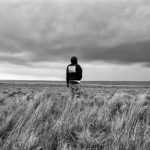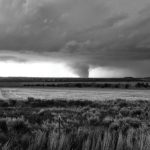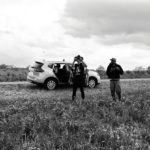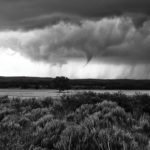Storm-Chasing 101
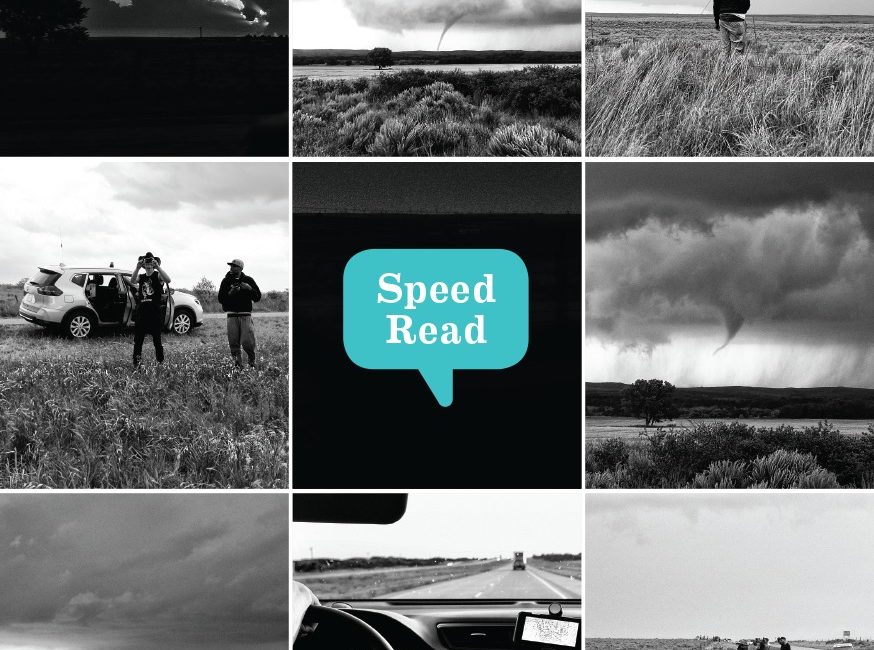
Photography by Wil Foster
The goal: a tornado sighting. The clouds are gathering, the sky lit by bolts of lightning that scar the horizon like strobe lights. A swirling column of 200-mph wind looms like a beanstalk. Noblesville-based photographer and sometime–storm chaser Wil Foster mashes the gas pedal, camera in tow—and drives toward the funnel cloud.
You don’t have to be a weather expert. Just a little crazy. Foster, a self-proclaimed adrenaline junkie, caught the bug three years ago. He and some friends crisscrossed the Midwest and Southwest in their SUVs for 15 days, dodging hail, staking out the Doppler Radar app on their phones, and driving 400 miles a day in pursuit of tornadoes.
Flying cows? No. Tricycles in trees? Yes. Mounds of twisted metal. Barns flattened. Trees toppled. “It’s mind-blowing when you see the actual destruction firsthand,” Foster says. “Seeing a kid’s bike embedded in a tree is crazy.”
It’s more camaraderie than chaos. “The vast majority of the time is spent driving,” says Reuben Allen, an assistant teaching professor in Ball State University’s summer storm-chasing course since 2008. “We can cover 7,000 miles in a two-week trip. There are lots of days on the road eating fast food, telling jokes, and getting to know people.”
Indiana is prime for twister-viewing. “It has sparsely populated areas with few buildings and not many trees,” says Allen. We average 20 tornadoes per year, according to the National Weather Service.
Don’t trust Twister. The 1996 action movie starring Bill Paxton and Helen Hunt fueled a surge in storm-chasing’s popularity. But it’s not really accurate. “In Twister, it seems like the storm is chasing you and there’s no way to avoid it,” Allen says. “In reality, you have to seek storms out.”

To spot a beaut like this one, storm-chasers sleep in their vehicles and mainline gas-station grub.
You need more than a little luck. There may be 50 cells (updraft/downdraft couplings) to choose from within a 300-mile radius, but only one—or none—might produce a tornado. “Getting a good vantage point on one tornado during the entire course is pretty successful,” says Allen.
Don’t go it alone your first time. “You could put yourself or others at risk,” says Beth Carpenter, a Yorktown, Indiana, meteorologist who’s been doing this for four years and hosts the National Storm Chaser Convention. “It’s best to start chasing with people who are experienced.”
Be careful! Don’t chase at night, don’t listen to music, and don’t venture out in a truck that sits too high off the ground, because air could get underneath and flip you, says Foster. A Toyota Land Cruiser works well. And always have an exit strategy. “It’s surprising how quickly a storm can come up on you,” Foster says. “You may have a couple of minutes to get out of the way.”
Ready to rumble? Join the Indiana Storm Chasers Convention Facebook group to connect with a few hundred Hoosier chasers. The National Weather Service and local EMS departments also offer spotter training sessions across Indiana through April.
Who you’ll meet out there. Meteorologists, weather enthusiasts, professors, and students putting their forecasting skills to the test for bragging rights. Others, for the camaraderie. And for the thrill-seeking photographer like Foster, there’s always the chance of snapping an unforgettable image.
You probably won’t snag the storm shot of the century. “Everyone wants to get a funnel cloud touching the ground, but I’ve only caught one once,” Foster says. “It’s the holy grail.”
Photography by Wil Foster


